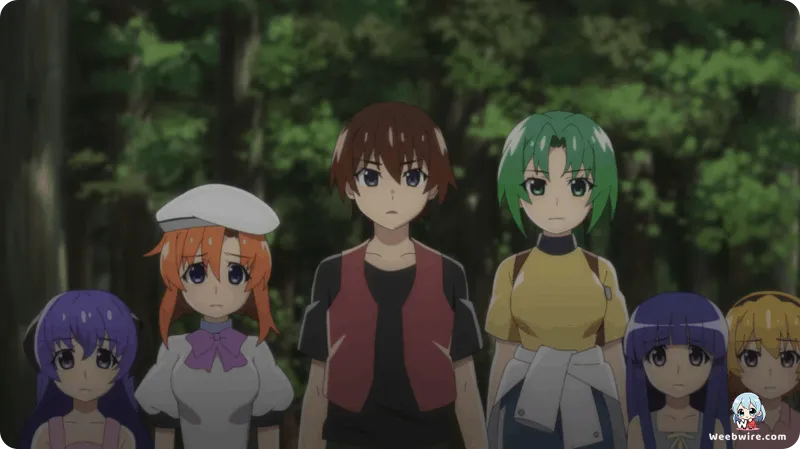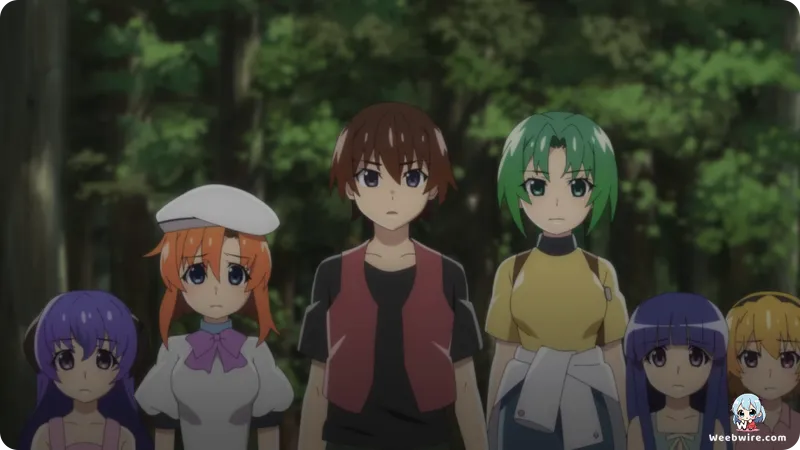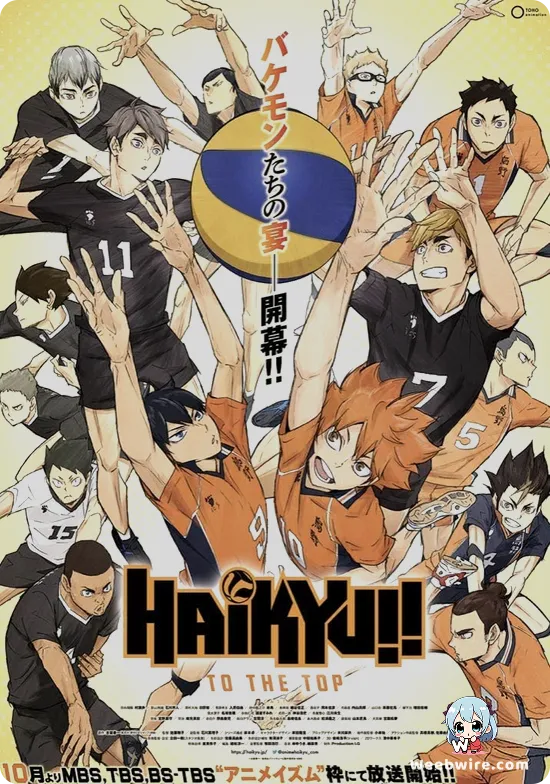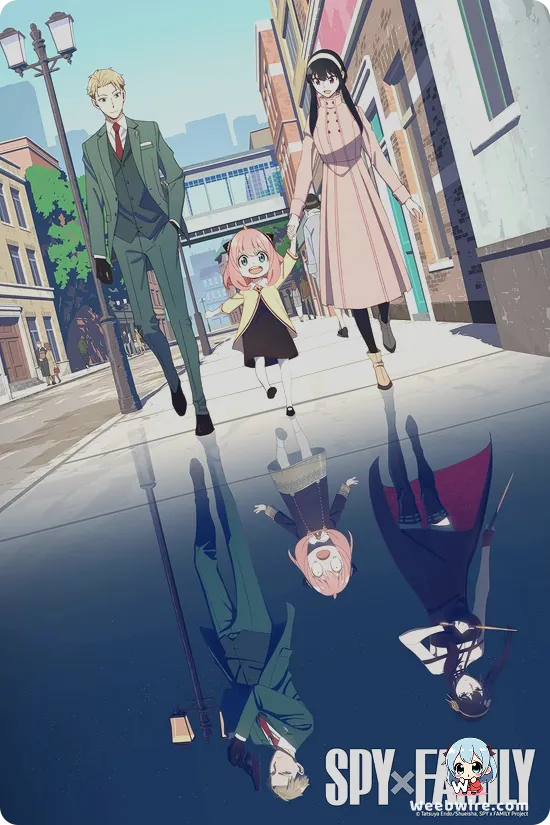Higurashi GOU's Game-Changing Deception: A Sequel Masterfully Disguised as a Remake

The premiere of Higurashi: When They Cry - GOU sent shockwaves through the anime community. This was not just for its return to the terrifying world of Hinamizawa, but for a meticulously crafted deception that redefined its franchise standing. Initially marketed as a straightforward remake of the 2006 anime, viewers anticipated a nostalgic journey with updated animation. However, what unfolded was a masterclass in narrative misdirection, revealing GOU not as a remake, but a direct, shocking sequel or an alternate timeline. This radically altered established lore and character trajectories. This deliberate smokescreen, orchestrated by original creator Ryukishi07, stands as one of the most audacious and brilliant marketing ploys in recent anime history. It transformed expectations from a simple retelling into a gripping, unpredictable continuation.
The Genius of Narrative Misdirection
The genius of this deception lay in its execution. For several episodes, GOU meticulously mimicked the original series, leading viewers down a familiar path. This lulled many into a false sense of security, making the eventual reveal all the more impactful. When the story veered into entirely new, darker territory, particularly with drastic shifts in characters like Satoko Hojo and the introduction of meta-narrative elements, the collective gasp from the fanbase was palpable. This was not just a reboot; it was a continuation that leveraged the audience's existing knowledge and emotional investment to amplify its new horrors and mysteries.
Ryukishi07's Visionary Involvement
Ryukishi07’s heavy involvement in GOU's production and scriptwriting was paramount. As the mastermind behind the 'When They Cry' universe, his direct oversight ensured that while the narrative took unexpected turns, it remained true to the core psychological horror and intricate mystery defining Higurashi. This creator involvement is a significant aspect, distinguishing GOU from many adaptations. His vision explored themes like causality, fate, and free will, pushing the boundaries of the Hinamizawa Syndrome. The title 'GOU', meaning 'karma' or 'causality', subtly hinted at the deeper, intertwined narrative threads, particularly focusing on the increasingly twisted bond between Rika and Satoko.
Studio Passione's Dynamic Animation
Studio Passione, known for dynamic animation, undertook the challenging task. Their distinct approach to horror balanced signature gruesome moments with heightened psychological dread. Passione delivered a visually striking adaptation that maintained the oppressive atmosphere and sudden shifts into madness, hallmarks of Higurashi. Their animation brought fresh intensity to character expressions, making the descent into paranoia and despair visceral.
Satoko Hojo's Radical Transformation
One of GOU's most impactful developments, continuing into SOTSU, was the radical transformation of Satoko Hojo. Previously a traumatized victim, GOU reimagined her as a complex, even antagonistic, figure driven by her own desires to manipulate time loops. This bold character evolution generated considerable discussion, demonstrating Ryukishi07's willingness to challenge archetypes and explore darker facets of relationships, offering a fresh, unsettling perspective. This shift was a deep dive into the psychological toll of endless cycles.

Expanding the 'When They Cry' Universe
Furthermore, GOU subtly deepened meta-narrative connections to the broader 'When They Cry' universe, particularly Umineko: When They Cry. The introduction of the mysterious Eua, resembling Featherine Augustus Aurora from Umineko, confirmed an intricate web of 'witches' and 'game masters' orchestrating fragments of existence. This revelation was huge for long-time fans, suggesting Hinamizawa loops were part of a larger, cosmic game, expanding the lore exponentially.
Masterclass in Auditory Horror
Beyond the plot, GOU's sound design continued the Higurashi tradition of using audio for horror. Subtle creaks, sudden silence, distorted laughter, and chilling scores were meticulously crafted to heighten psychological tension. This attention to auditory detail is a crucial, underestimated aspect of the series' ability to instill fear, making it a masterclass in atmospheric horror.
Ultimately, Higurashi: When They Cry - GOU proved a groundbreaking entry, celebrated for daring narrative choices and its ability to surprise seasoned fans. It was a bold reinterpretation that challenged expectations, deepened its lore, and solidified its place as a quintessential psychological horror series. The legacy of its 'fake remake' marketing will be remembered as a stroke of genius.
Credits
Higurashi: When They Cry - GOU
Author
Ryukishi07 (07th Expansion)
Cover Art
Akio Watanabe
Studio
Passione
Publisher
07th Expansion
Producers





